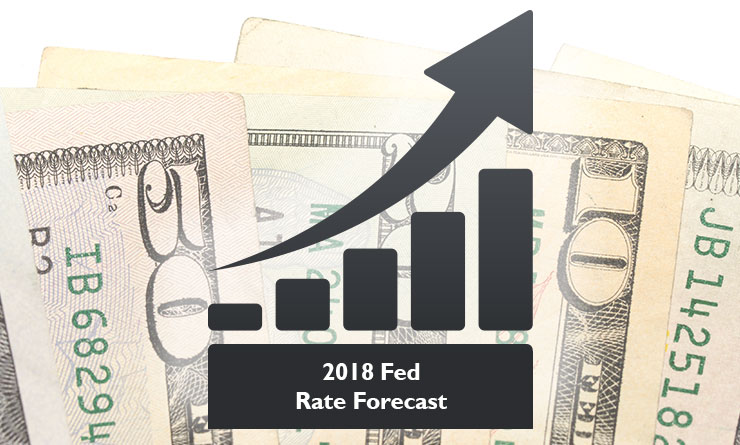Equipment Finance Insights
What does the interest rate increase mean for businesses financing?
February 19th, 2018

What does the interest rate increase mean for businesses financing?
It’s a good time to be in business.
The economy is heating up, and with the corporate tax rate having been slashed from 35 percent to 21 percent, businesses of all sizes are set to enjoy some of the best economic conditions in decades.
However, along with these opportunities for growth, the strong economy also brings new challenges.
Among the biggest issues businesses are anticipating are hikes in interest rates and how they will affect business loans.
In the aftermath of the great recession of 2008, the Federal Reserve slashed interest rates in an effort to encourage borrowing and growth. The hope was that by lowering interest rates to historic lows, the economy would recover at a faster pace. In many ways, this strategy worked, or at least contributed to the recovery.
As the Federal Reserve seeks to maintain a stable economy, they are more worried about inflation getting out of control. To cap inflation at 2 percent, the Federal Reserve will make incremental and gradual adjustments to raise interest rates in 2018.
The bottom line here is that as a result of the higher interest rate, it will cost more to borrow money. Student loans, credit card debt, home mortgages and so forth may all be more expensive to manage.
This is where many businesses start to worry. Though the economy is trucking along, they fear these higher interest rates might affect their purchasing plans or make financing new equipment more expensive than they may have budgeted for.
Interest rates and business loans:
The conventional logic is that purchasers and financial officers at a company watch the business cycle in a way that’s similar to how people watch for sales at their favorite store. When interest rates are low, that’s the time to buy and expand. The simple reason is that it’s cheaper to do so.
This basic model, which influences many business decisions, may make businesses think that with its rising interest rates, 2018 is a year to hold back and not go through with equipment purchases.
While this may be something of a textbook approach to equipment purchases, for at least three strong reasons, this model is misguided.
1. Interest rates will rise in gradual increments:
Interest rates might be going up, but they are not skyrocketing. Repeat that: Rates are not skyrocketing.
The key to remember is that rates will gradually go up. The Fed plans to raise its benchmark lending rate up by only a quarter of a percentage point per quarter. Such a small increment will not have too drastic of an impact on a company’s financial forecasting.
2. Interest rates will still be at historic lows:
While interest rates will go up this year (Jerome Powell, the new head of the Federal Reserve, all but guaranteed this), they will still be relatively low.
From 2008 to 2015 the target range for interest rates was between zero and a quarter of a percent. Literally, interest rates could only go up from here. Therefore, when the Feds aim for a benchmark lending rate of 2.1 percent at the end of 2018, that’s still an incredibly low and affordable rate.
3. The strong economy will offset additional lending costs:
Purchasing decisions are based on a number of different factors, one of which is the economy. With consumer confidence near a 17-year high, steady growth projected through the next few years and incomes rising, the economy is doing very well. For many companies, the overall economic health of the country will translate into more opportunities for growth and expansion.
Though headlines about rising interest rates may sound ominous, a strong economy coupled with a relatively low interest rate may make 2018 an ideal year to purchase or finance new equipment.
Learn more about our equipment financing services, here.

Back to List
